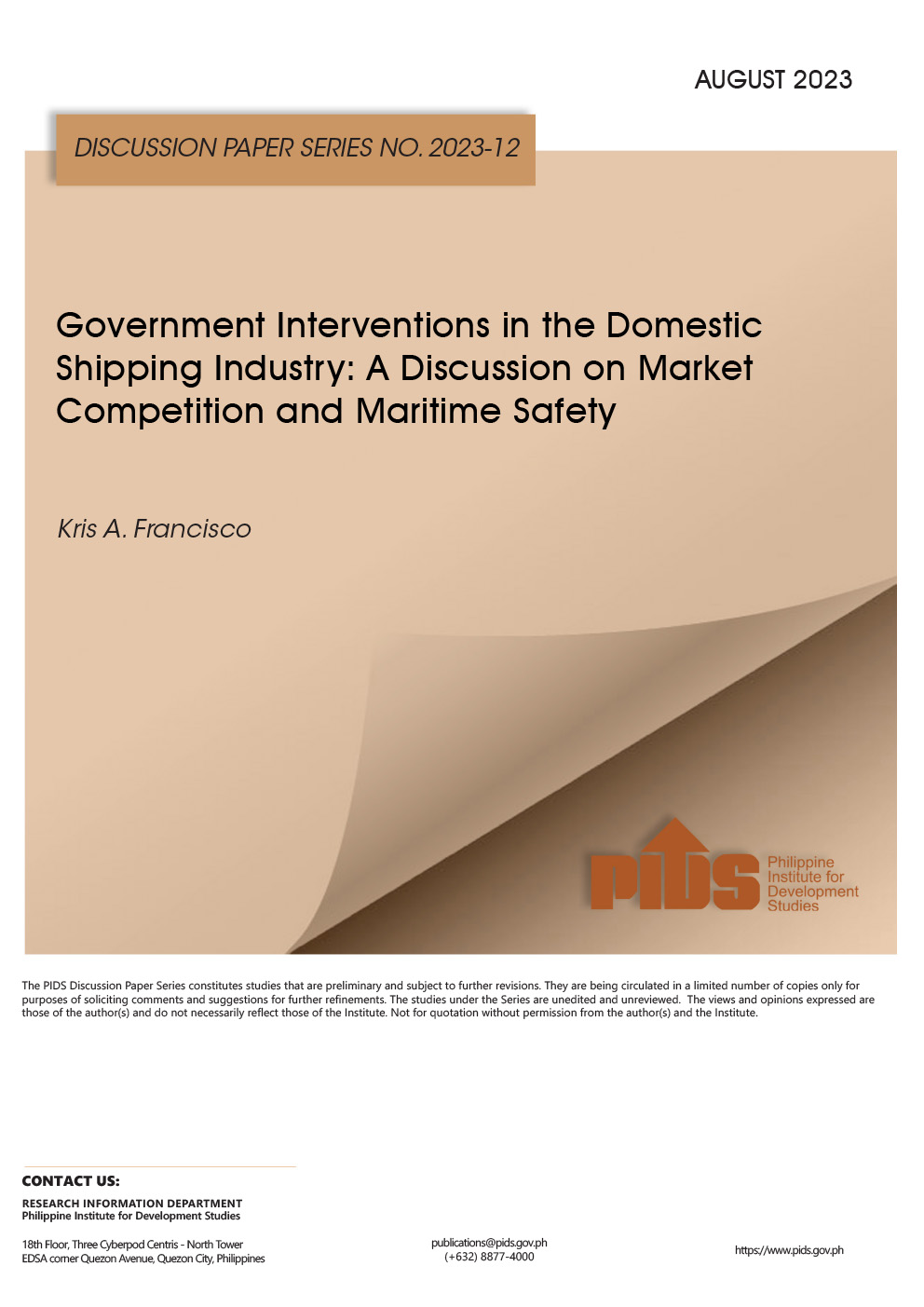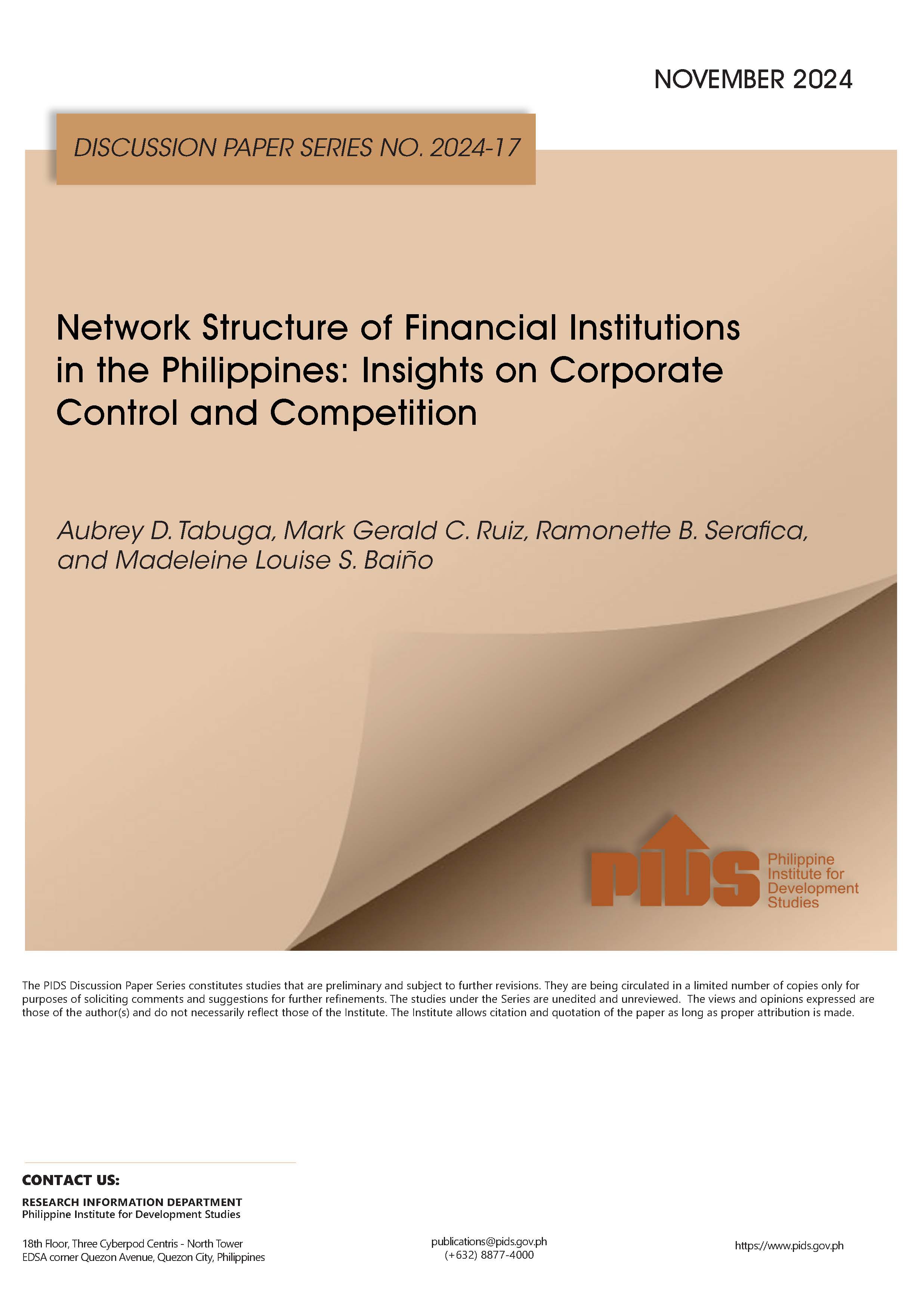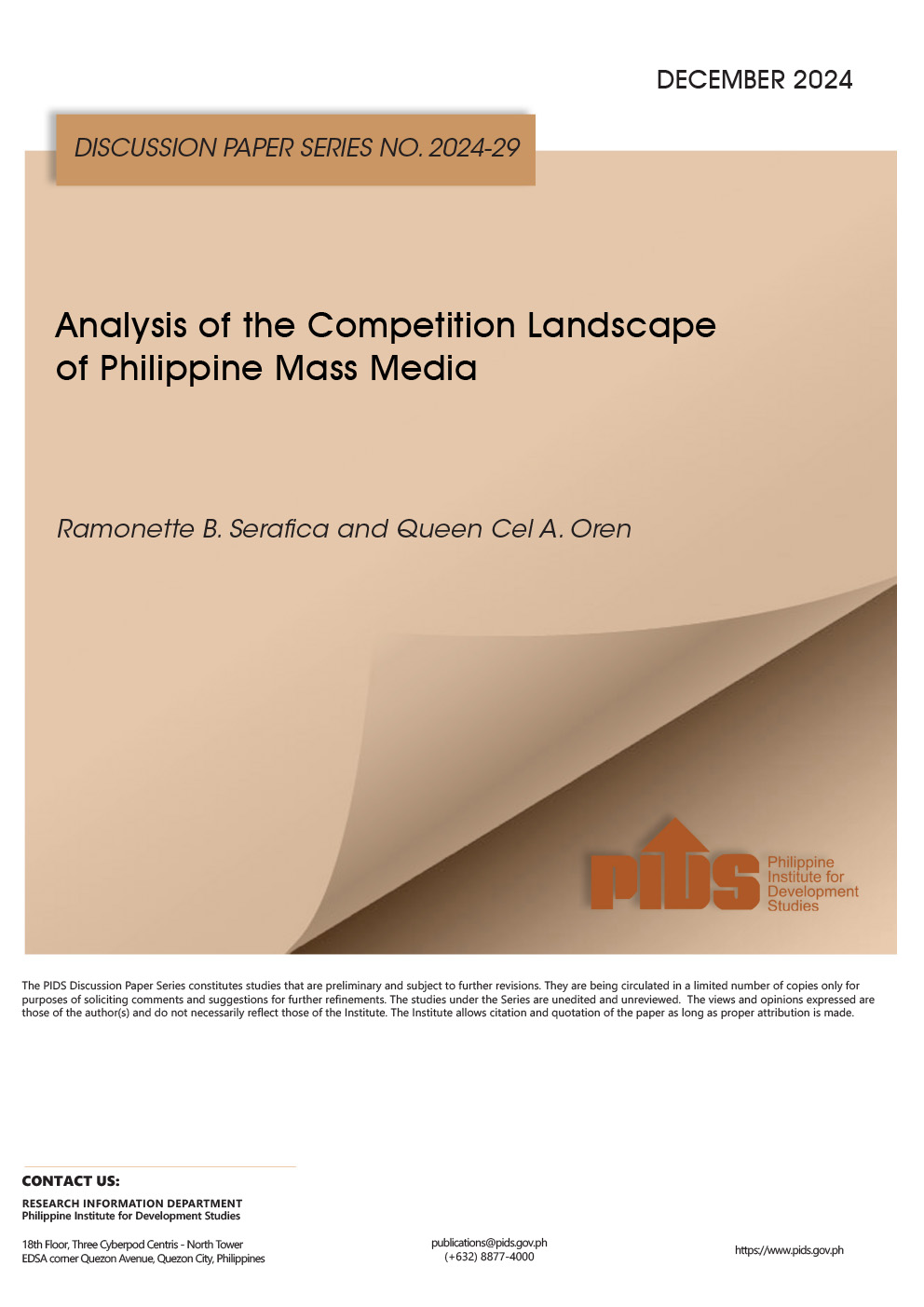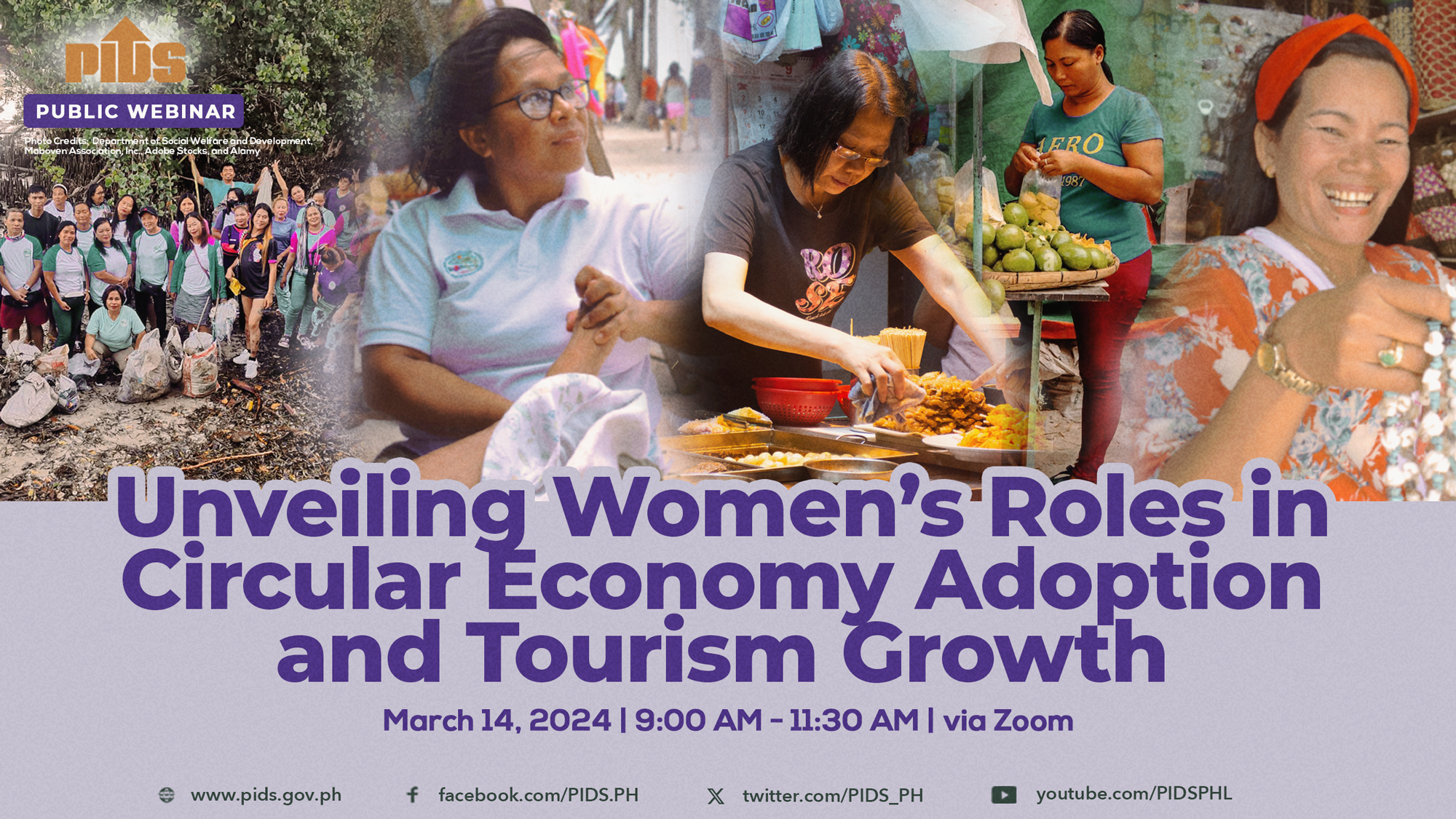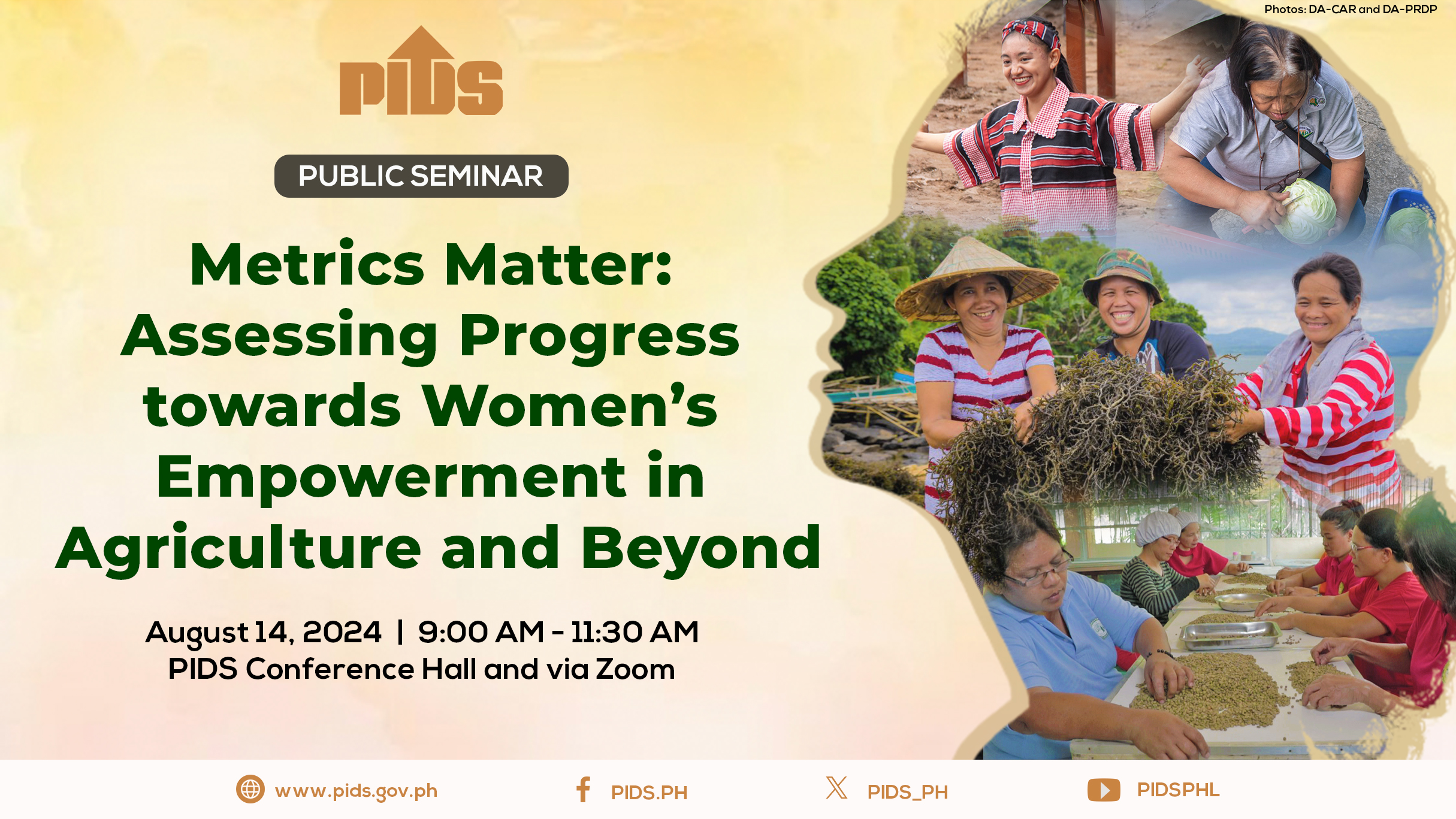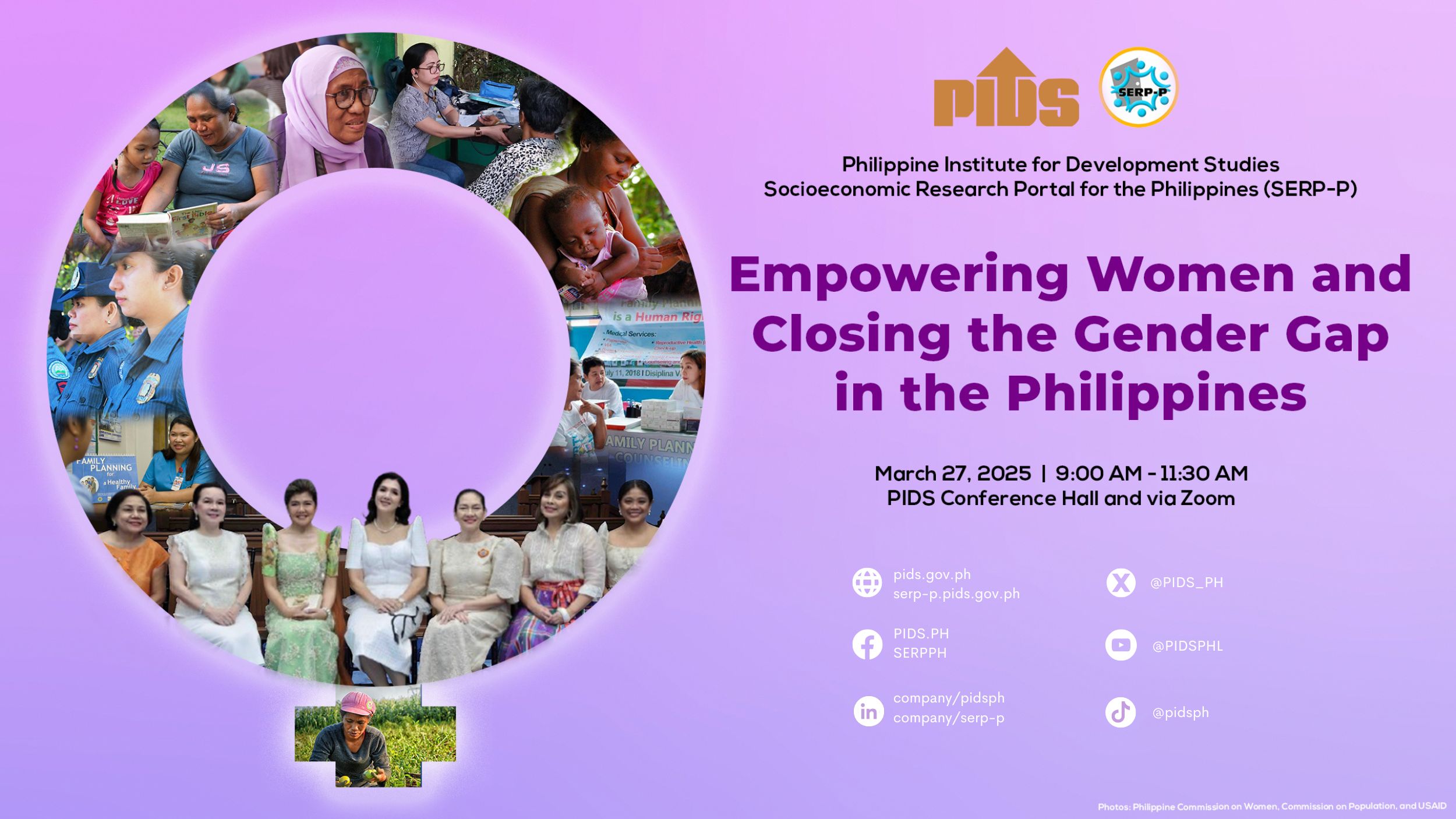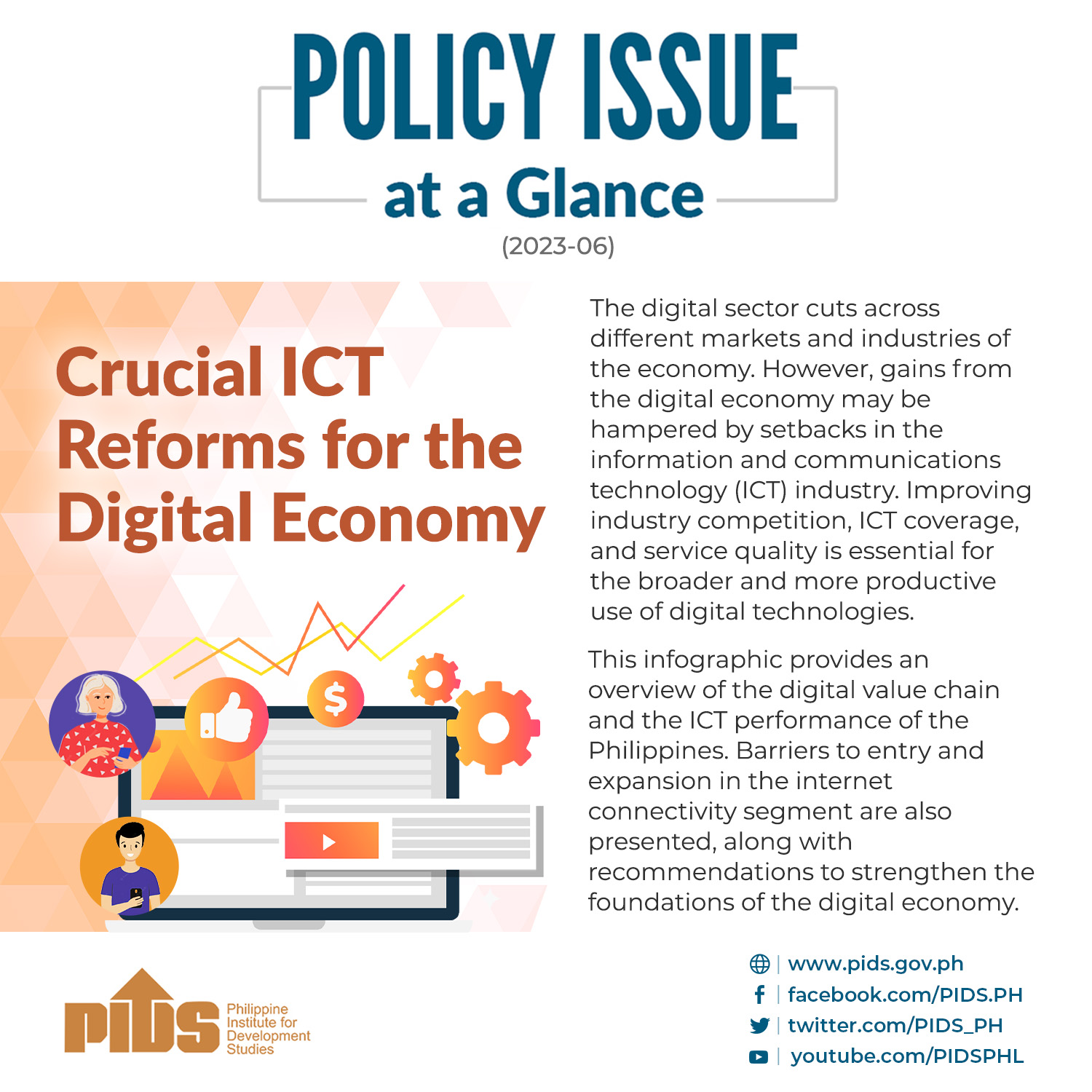OF the dozen mothers in a Pasig City village the BusinessMirror talked to, only one echoed the concern of breast-feeding adherents.
Agnes Racagad, a 42-year-old mother of one, said she chose to breastfeed because she wants her daughter Ishi to be healthy.
Nag-iisang anak ko lang si Ishi kaya gusto ko talagang maging healthy siya,” Racagad told the BusinessMirror.
Yung ibang nanay na kilala ko na gumagamit ng milk formula, mga sakitin ang anak nila [Ishi is my only child so I want to make sure she is healthy. I know some mothers who use milk formula and their children are sickly].
Aside from taking care of her only child, Racagad also tends to a small store in front of their home, sells food for breakfast and pork and chicken barbecue as the sun sets in the west. Her daughter Ishi grew up breast-fed.
Breast-feeding benefits
PASIG City Health Center nutritionist Dr. Isabel U. Diaz said milk from mothers is still the best food for infants.
Despite the fact that milk-formula manufacturers would like mothers to believe their products can substitute the nutrients needed by the infants, this is contrary to medical studies and health practitioners, Diaz told the BusinessMirror.
[Breast milk] cannot be replaced by any brand of milk formula. It has all the nutrients and vitamins that an infant needs to strengthen the immune system and fight diseases,” Diaz said. “It also prevents the child from Sids [Sudden Infant Death Syndrome].
A 2013 study by the World Health Organization (WHO), titled “Breastfeeding in the Philippines: A Critical Review”, said suboptimal breast-feeding caused the death of 804,000 under-5 children every year.
More than 30 studies from around the world in developing and developed countries alike have shown that optimal breast-feeding dramatically reduces the risk of infants and young children dying, the WHO study emphasized.
However, according to a recent nationwide survey, only 34 percent of Filipino infants younger than 6 months are exclusively breast-fed. In addition, an alarming 36 percent are fed infant formula—a 6-percent increase since the previous survey.
A 2016 nutrition data revealed that 50 percent of 0-month to 71-month-old male and female children polled were of normal weight. The severely underweight, however, were females.
The data revealed that 14.3 percent of those found overweight are boys, while 85.7 percent overweight are girls.
Formula king
DESPITE existing laws in the country, the culture of breast-feeding is still booming in the Philippines since it has been the fastest- growing market, the middle class being the primary target.
More than $100 million is spent every year on the marketing and promotion of infant-formula products in the Philippines, a WHO study said. These marketing and promotion campaigns translate to more than $260 million annual purchases by Filipino families.
A 2008 study by Rafaelita M. Aldaba of the Philippine Institute of Development Studies revealed that infant-formula processing saw an increase from 62 percent to 64 percent between 1983 and 1988.
The dairy processing industry was composed of a few large multiproduct firms and several medium-scale and small competitors with milk processing dominating the whole industry,” Aldaba said in her study, titled “Assessing Competition in Philippine Markets
Formula milk is one of the top consumer commodities in the Philippines as of January 2005, Rachel M. Tanaka of the University of the Philippines’s School of Economics said in a study of breast-feeding among mothers in a Quezon City barangay.
The government also admitted in 2010 that “breast-feeding practice has not improved despite past efforts”.
Comparing 2003 and 2008 government data showed the prevalence of exclusive breast-feeding among infants under 6 months has remained at 34 percent, the DOH said in a 2011 report.
Agnes Racagad, a 42-year-old mother of one, said she chose to breastfeed because she wants her daughter Ishi to be healthy.
Nag-iisang anak ko lang si Ishi kaya gusto ko talagang maging healthy siya,” Racagad told the BusinessMirror.
Yung ibang nanay na kilala ko na gumagamit ng milk formula, mga sakitin ang anak nila [Ishi is my only child so I want to make sure she is healthy. I know some mothers who use milk formula and their children are sickly].
Aside from taking care of her only child, Racagad also tends to a small store in front of their home, sells food for breakfast and pork and chicken barbecue as the sun sets in the west. Her daughter Ishi grew up breast-fed.
Breast-feeding benefits
PASIG City Health Center nutritionist Dr. Isabel U. Diaz said milk from mothers is still the best food for infants.
Despite the fact that milk-formula manufacturers would like mothers to believe their products can substitute the nutrients needed by the infants, this is contrary to medical studies and health practitioners, Diaz told the BusinessMirror.
[Breast milk] cannot be replaced by any brand of milk formula. It has all the nutrients and vitamins that an infant needs to strengthen the immune system and fight diseases,” Diaz said. “It also prevents the child from Sids [Sudden Infant Death Syndrome].
A 2013 study by the World Health Organization (WHO), titled “Breastfeeding in the Philippines: A Critical Review”, said suboptimal breast-feeding caused the death of 804,000 under-5 children every year.
More than 30 studies from around the world in developing and developed countries alike have shown that optimal breast-feeding dramatically reduces the risk of infants and young children dying, the WHO study emphasized.
However, according to a recent nationwide survey, only 34 percent of Filipino infants younger than 6 months are exclusively breast-fed. In addition, an alarming 36 percent are fed infant formula—a 6-percent increase since the previous survey.
A 2016 nutrition data revealed that 50 percent of 0-month to 71-month-old male and female children polled were of normal weight. The severely underweight, however, were females.
The data revealed that 14.3 percent of those found overweight are boys, while 85.7 percent overweight are girls.
Formula king
DESPITE existing laws in the country, the culture of breast-feeding is still booming in the Philippines since it has been the fastest- growing market, the middle class being the primary target.
More than $100 million is spent every year on the marketing and promotion of infant-formula products in the Philippines, a WHO study said. These marketing and promotion campaigns translate to more than $260 million annual purchases by Filipino families.
A 2008 study by Rafaelita M. Aldaba of the Philippine Institute of Development Studies revealed that infant-formula processing saw an increase from 62 percent to 64 percent between 1983 and 1988.
The dairy processing industry was composed of a few large multiproduct firms and several medium-scale and small competitors with milk processing dominating the whole industry,” Aldaba said in her study, titled “Assessing Competition in Philippine Markets
Formula milk is one of the top consumer commodities in the Philippines as of January 2005, Rachel M. Tanaka of the University of the Philippines’s School of Economics said in a study of breast-feeding among mothers in a Quezon City barangay.
The government also admitted in 2010 that “breast-feeding practice has not improved despite past efforts”.
Comparing 2003 and 2008 government data showed the prevalence of exclusive breast-feeding among infants under 6 months has remained at 34 percent, the DOH said in a 2011 report.
“Among infants less than two months, one in two infants [50 percent] was exclusively breastfed, and two in five infants [42 percent] receive plain water only [18 percent], other milk [23 percent], or complementary foods [1 percent] in addition to breast milk.
Staying power
WHEN asked about the future of breast-feeding and milk-formula use in the Philippines, Diaz said she believes mother’s milk will prevail even in the succeeding years.
However, milk formula will not be totally out, added Diaz, a registered nutritionist and dietician. “But its use will lessen because of its high price, and mothers are price-sensitive because they know the day-to-day spending.
In her study, Tanaka said family income is just one of the factors that influence mother’s adoption of breast-feeding or milk-formula use.
The other factors are number of children, age and the mother’s educational attainment and her belief in the superiority of breast milk determine whether a mother initially feeds her child with breast milk.
One of these women is Maryflor Teylan, a mother of three, and one of the dozen mothers who talked to the BusinessMirror.
Teylan, a full-time homemaker, said she could only maintain spending on infant formula because her brother, an overseas Filipino worker, sends her money.
Teylan said she couldn’t afford infant formula as her husband’s salary as a messenger is not enough to cover household expenses. However, according to Tanaka, more than economic concerns, weaning mothers from milk-formula use require raising awareness of mothers.
Breast-feeding measures should therefore be aimed at promoting awareness among mothers of the economic and health benefits of breast-feeding and at supporting its initiation right after delivery,” Tanaka said. “This form of human capital investment should be viewed as more important than income-generating activities, especially for mothers of high-income families who can afford to take a leave from work to feed their babies.
For Diaz, seeing mothers like Racagad attending barangay health center breast-
feeding programs is enough. For now.
Staying power
WHEN asked about the future of breast-feeding and milk-formula use in the Philippines, Diaz said she believes mother’s milk will prevail even in the succeeding years.
However, milk formula will not be totally out, added Diaz, a registered nutritionist and dietician. “But its use will lessen because of its high price, and mothers are price-sensitive because they know the day-to-day spending.
In her study, Tanaka said family income is just one of the factors that influence mother’s adoption of breast-feeding or milk-formula use.
The other factors are number of children, age and the mother’s educational attainment and her belief in the superiority of breast milk determine whether a mother initially feeds her child with breast milk.
One of these women is Maryflor Teylan, a mother of three, and one of the dozen mothers who talked to the BusinessMirror.
Teylan, a full-time homemaker, said she could only maintain spending on infant formula because her brother, an overseas Filipino worker, sends her money.
Teylan said she couldn’t afford infant formula as her husband’s salary as a messenger is not enough to cover household expenses. However, according to Tanaka, more than economic concerns, weaning mothers from milk-formula use require raising awareness of mothers.
Breast-feeding measures should therefore be aimed at promoting awareness among mothers of the economic and health benefits of breast-feeding and at supporting its initiation right after delivery,” Tanaka said. “This form of human capital investment should be viewed as more important than income-generating activities, especially for mothers of high-income families who can afford to take a leave from work to feed their babies.
For Diaz, seeing mothers like Racagad attending barangay health center breast-
feeding programs is enough. For now.

